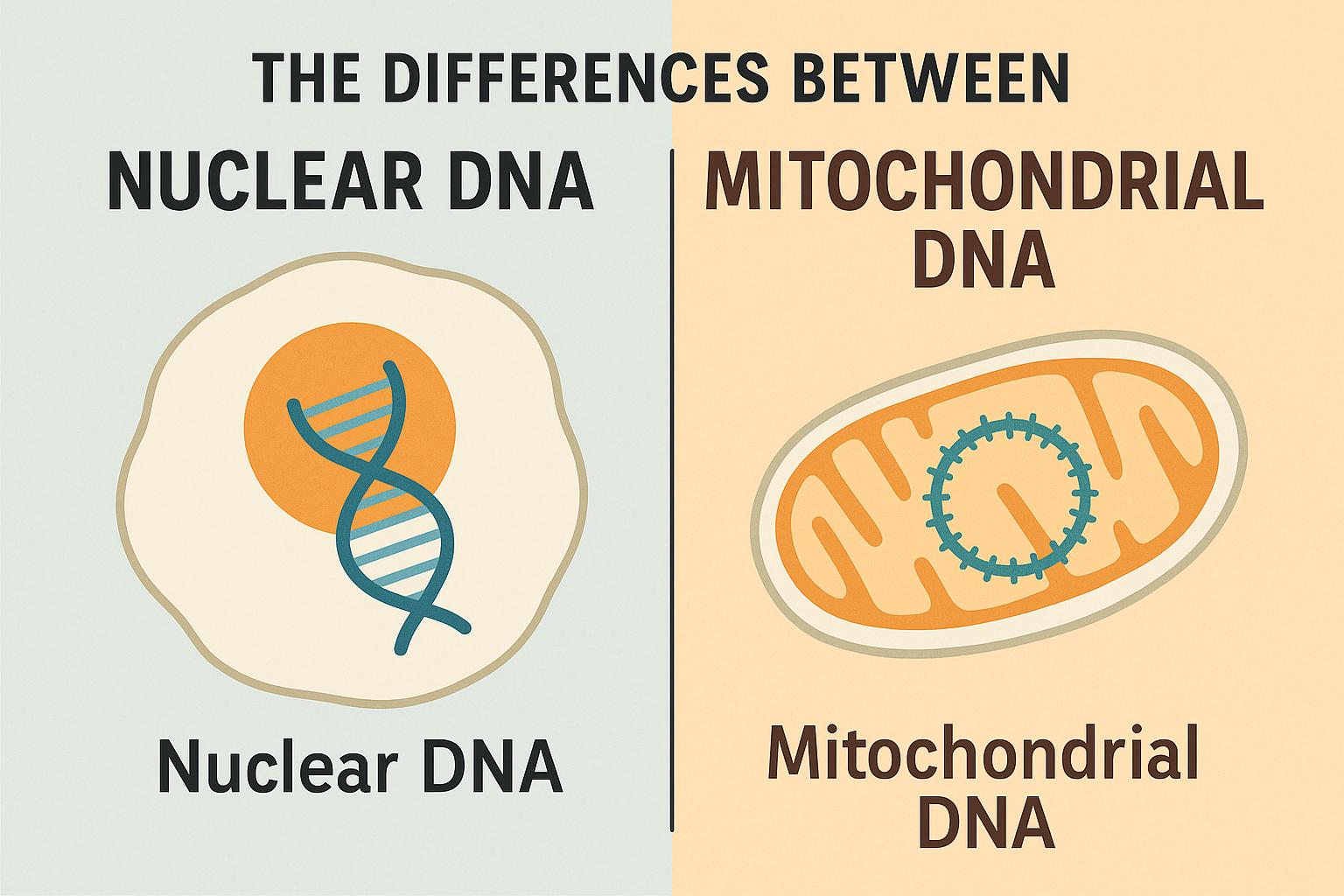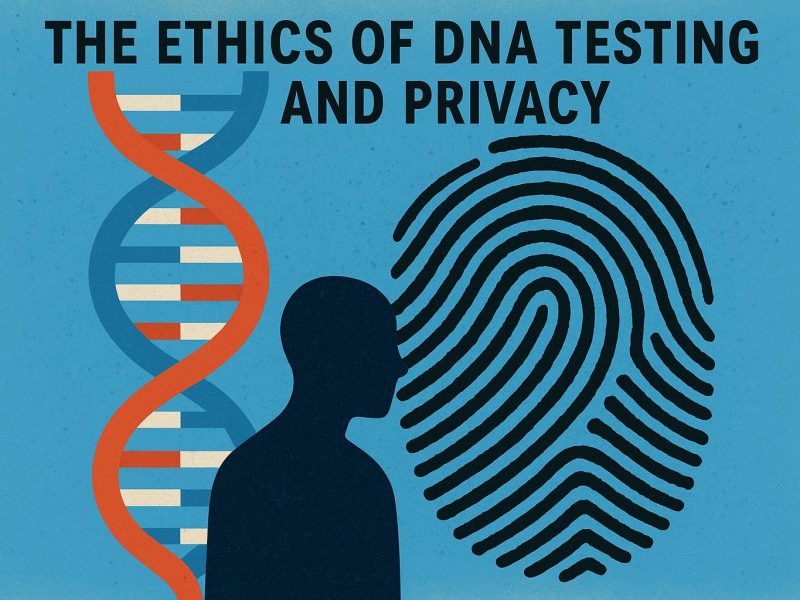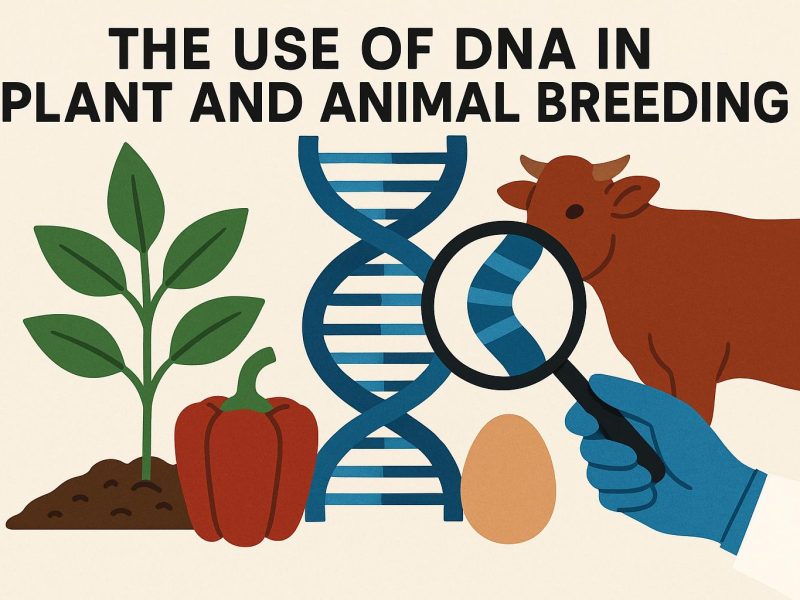Overview of Nuclear and Mitochondrial DNA
Genetic material in human cells is divided into two main types: nuclear DNA (nDNA) and mitochondrial DNA (mtDNA). While both types contribute to the complex operations of our biological systems, they have unique roles, structures, and methods of inheritance.
Nuclear DNA: The Blueprint of Life
Nuclear DNA is housed in the cell nucleus, the control center of a cell, and contains most of the genetic information necessary for the development and function of an organism. It is composed of 23 pairs of chromosomes, inheriting one set from each parent, amounting to a total of approximately 3.3 billion base pairs. Nuclear DNA is organized into a complex structure formed by DNA wound around proteins known as histones, forming chromosomes.
Key aspects of nuclear DNA include its encoding of most genetic instructions and its role in trait determination. A striking feature is its biparental inheritance—meaning that it is transmitted from both maternal and paternal lineages, allowing each parent to contribute half of an offspring’s nuclear DNA. This balanced inheritance is the reason siblings might look similar but not identical, as the specific combinations of inherited alleles differ for each individual.
Besides, nuclear DNA is fundamental in the cellular processes that maintain life, governing everything from cell growth and division to response mechanisms for environmental changes. Its role extends beyond individual development to include contributions to evolutionary adaptations.
Mitochondrial DNA: The Powerhouse’s Genetic Material
Mitochondrial DNA is found in mitochondria, the organelles responsible for cellular energy production. Known as the powerhouses of the cell, mitochondria convert nutrients into adenosine triphosphate (ATP), the primary energy carrier for cellular functions. Distinct from nuclear DNA, mitochondrial DNA is markedly smaller, containing approximately 16,569 base pairs, and arranged in a circular structure.
A unique feature of mitochondrial DNA is its mode of inheritance. Unlike nuclear DNA, mitochondrial DNA is passed exclusively through the maternal line. Sperm mitochondria are typically destroyed during fertilization, ensuring that only the mother’s mtDNA is inherited. Therefore, mitochondrial DNA analysis is especially valuable in tracing maternal lineage and studying human ancestry.
Another distinction is that mtDNA exists in multiple copies within each cell, compared to the singular nuclear genome. This makes mtDNA useful in certain forensic investigations by providing a means to obtain genetic information even from small or degraded samples.
Distinct Characteristics of Mitochondrial DNA
The characteristics of mitochondrial DNA extend beyond its small size and maternal inheritance. Its primary functions are confined to energy-related processes, a specialization that highlights its role in cellular energetics. Despite its limited scope of functions, mtDNA’s abundance per cell makes it a robust tool for research and diagnostic purposes.
Moreover, its mutations accumulate at a different rate compared to nuclear DNA, allowing researchers to use mtDNA as a molecular clock for studying evolutionary timelines. These mutations, often non-lethal due to the redundancy of mtDNA, provide insights into population migrations and historical genealogies.
Applications in Research and Medicine
The applications of nuclear and mitochondrial DNA are vast, involving several areas of research and medicine. On the one hand, nuclear DNA is pivotal in understanding the genetic basis of diseases, enabling the identification of hereditary conditions and the development of targeted therapies through personalized medicine. Genetic testing for nuclear DNA variants can predict susceptibilities to certain conditions, facilitating early intervention and management strategies.
On the other hand, mitochondrial DNA plays a significant role in evolutionary biology and anthropology. It has been instrumental in tracing human evolution, offering clues about ancient human migration patterns and the origins of diverse populations. mtDNA is also crucial in diagnosing mitochondrial disorders, which can result from defects in mitochondria leading to a range of clinical manifestations.
Furthermore, studies involving mitochondrial DNA have expanded into fields like fertility treatments and aging research. As mitochondria are central to energy metabolism, understanding mtDNA can provide insights into age-related degeneration and potential avenues for amelioration.
In conclusion, while nuclear and mitochondrial DNA are both crucial to life, they serve different purposes and provide diverse insights into biology and genetics. Understanding these differences enhances our grasp of genetic inheritance and its applications in science and medicine. Each type of DNA, with its distinct inheritance methods and functions, offers unique contributions to our comprehension of life on a molecular level and to practical applications in biomedicine and evolution.



